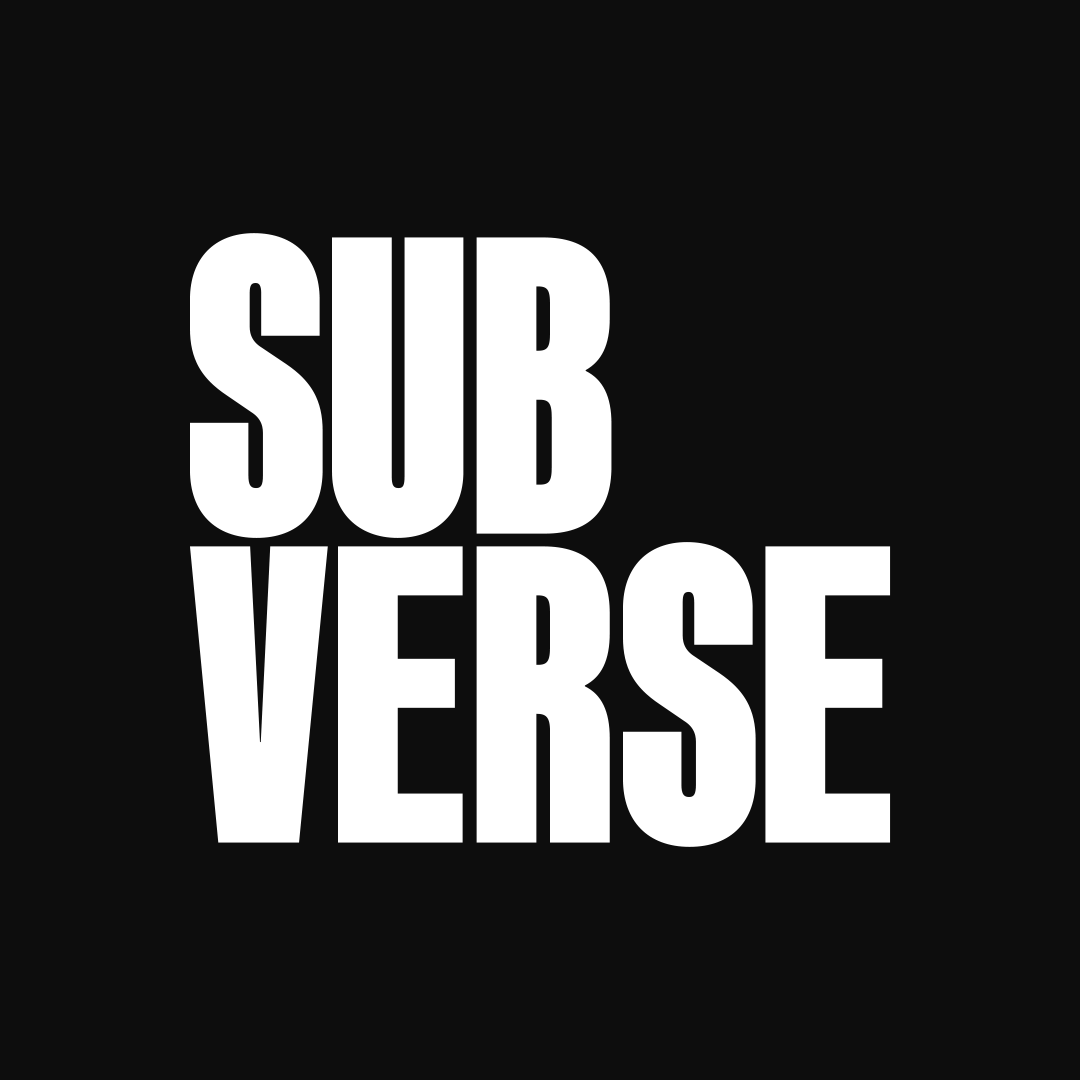If Part I was why I stay, and Part II was what belonging could look like, this is how I try to act inside that belief.
I used to think good design earned attention. Then I watched a “clever” banner triple clicks and double unsubscribes. That’s when it clicked: attention isn’t a win. It’s a loan. You either pay it back with value—or with trust.
This essay is my working ledger. Not a manifesto, just field notes from a practice that tries to treat attention as consent, not capture.
Three verbs I work by
1: Listen
What it means. Before I ask for anyone’s attention, I try to earn the right to ask. Listening is the first, smallest payment.
How it shows up. I begin every engagement with a listening sprint: interviews, quiet review of existing materials, and a simple “say-back” session where I summarize what I heard until the client nods and the audience language is in the room. I write one sentence that states what the audience already cares about. If I can’t do that, we’re not ready to ask them for anything.
A small scene. A client wanted a pop-up that grabbed emails before visitors read a word. We paused and listened: people came to compare two similar products and were worried about a hidden subscription. The fix wasn’t a louder pop-up; it was a calmer page. We replaced the modal with a comparison table and a clear, static opt‑in at the end. The list grew slower, but unsubscribes fell to almost zero. Fewer names, more consent.
Red flag I refuse. Personas written as demographics instead of needs. If your audience is “women 25–45,” you’re designing a horoscope, not a product.
Heuristic. If you can’t explain what someone already cares about in one sentence, you’re not ready to ask for their attention.
2: Dig
What it means. Don’t optimize symptoms. Find the system. The quickest “win” is often a deferred cost.
How it shows up. I map second‑order effects before green‑lighting any attention tactic. If we do X, what do people do more of a week later? What do they do less of? Then I run a pre‑mortem: three likely ways this could backfire ethically—habituation, fatigue, coercion. If the only way a tactic works is by pushing past someone’s better judgment, it doesn’t make it into the plan.
A small scene. A/B tests kept “proving” that a mislabeled button increased trials. The label implied no credit card. Trials jumped. Cancellations and chargebacks jumped higher. We stopped congratulating the metric and rewrote the flow in plain language. Trials dipped. Paid retention rose. The surface number looked worse; the system got healthier.
Red flag I refuse. Experiments that reward deception. If a test wins because people were confused, nothing won.
Heuristic. If a tactic only works once, it wasn’t strategy—it was a magic trick.
3: Be Authentic
What it means. Alignment between claim, experience, and consequence. Not a vibe—an audit trail.
How it shows up. We ship verifiable promises: exact timelines, explicit boundaries, and plain‑language risks. For every brave line in the brand, we keep a receipt—a case study, a policy, an artifact someone outside the company could check. When authenticity is measurable, it becomes maintainable.
A small admission. I’ve written copy that sounded gorgeous and said very little. It performed like you’d expect: big reach, little recall. Now I try a blunt test: if it can’t survive plain language, it shouldn’t survive design.
Red flag I refuse. Manufactured urgency on evergreen offers. If it’s always ending Friday, it’s always lying.
Heuristic. Say less, mean more. If the claim can’t be verified by a reasonable person, it’s not a claim; it’s a wish.
Discernment: the tool I reach for most
Most brand advice fixates on how to say things. Discernment starts a step earlier: should we say this at all? I use a simple pass I call The Discernment Four:
- Audience — Who is not for this? Name them out loud. Put it on the page.
- Channel — Does this medium reward our values or punish them? Some ideas belong in an email, not a push notification.
- Cadence — Would this still feel respectful at 10× the frequency? If not, it’s brittle by design.
- Claim — Could a reasonable person verify this without insider knowledge? If the proof lives in a dashboard, it’s not proof.
“No” is a design decision.
Practical guardrails (for me, and maybe for you)
The Signal Test — the last checklist before I ship:
- Would I still send this if it couldn’t be tracked?
- Does it save the audience time, or just spend it?
- Is the most self‑interested part of this message honest and on the surface?
- If a critic forwarded this to their group chat, would I be proud of the ask?
Ethical A/B — what I allow myself to test:
- Test clarity, timing, and relevance.
- Do not test coercion: no dark‑pattern affordances, no deceptive defaults, no “accidental” opt‑ins.
- Prefer longitudinal metrics: retention, voluntary repeats, and unsubscribe rate over raw clicks.
Return on Attention (RoA) — how I judge the trade:
- Watch replies, retained subscribers, task completion, and repeat voluntary visits.
- If attention quality falls while clicks rise, you’re stealing, not earning.
Boundaries I write down — because saying them out loud makes them easier to defend:
- No faux scarcity.
- No bait‑and‑switch copy.
- No interruptive modals before first value.
- No burying cancel, pause, or unsubscribe.
- No pretending “community” when it’s a list.
Applied: two tiny patterns that travel
1) The Slow Opt‑In
- Start with value on the page. Tuck a short, non‑urgent invitation at the point of highest usefulness.
- Offer a preview of what subscribers actually get (an example issue, three sample prompts, last month’s release notes).
- Name cadence and exit upfront: “Weekly on Fridays. One click to leave.”
- Expect slower list growth and higher open rates over time. Call that success.
2) The Honest CTA
- Write the action the person will take in the button (“Start a 14‑day trial,” “Download the pricing sheet”).
- Put the scariest part in plain sight (“Credit card required,” “No auto‑renew”).
- Let people complete the task without an account if you can. If you can’t, say why.
Where this leaves me
I don’t assume I can fix the feed, or the incentives behind it. I can decide what I encourage through my work. I can choose slower, clearer, smaller. I can choose to pay attention back.
The verbs help when the pressure mounts and the dashboard blinks: listen, dig, be authentic. They’re not slogans. They’re brakes.
I know I’ll get it wrong again. The difference now is that I try to make my misses obvious and reversible. When someone tells me a message wasted their time, I count that as a cost, not a complaint.
Ethics won’t make the world gentle. But they can make our corner legible. One signal at a time, we can shift the mix toward consent, clarity, and care.
We may not have the power to change everything, but we do get to choose what kind of signal we put into the world. That choice is where ethics begin.
Series note: This essay follows Part I (“Why I Still Believe in Design”) and Part II (“Branding as Belonging”). They can be read in any order; this one simply shows how I try to practice what those two pieces ask me to believe.

